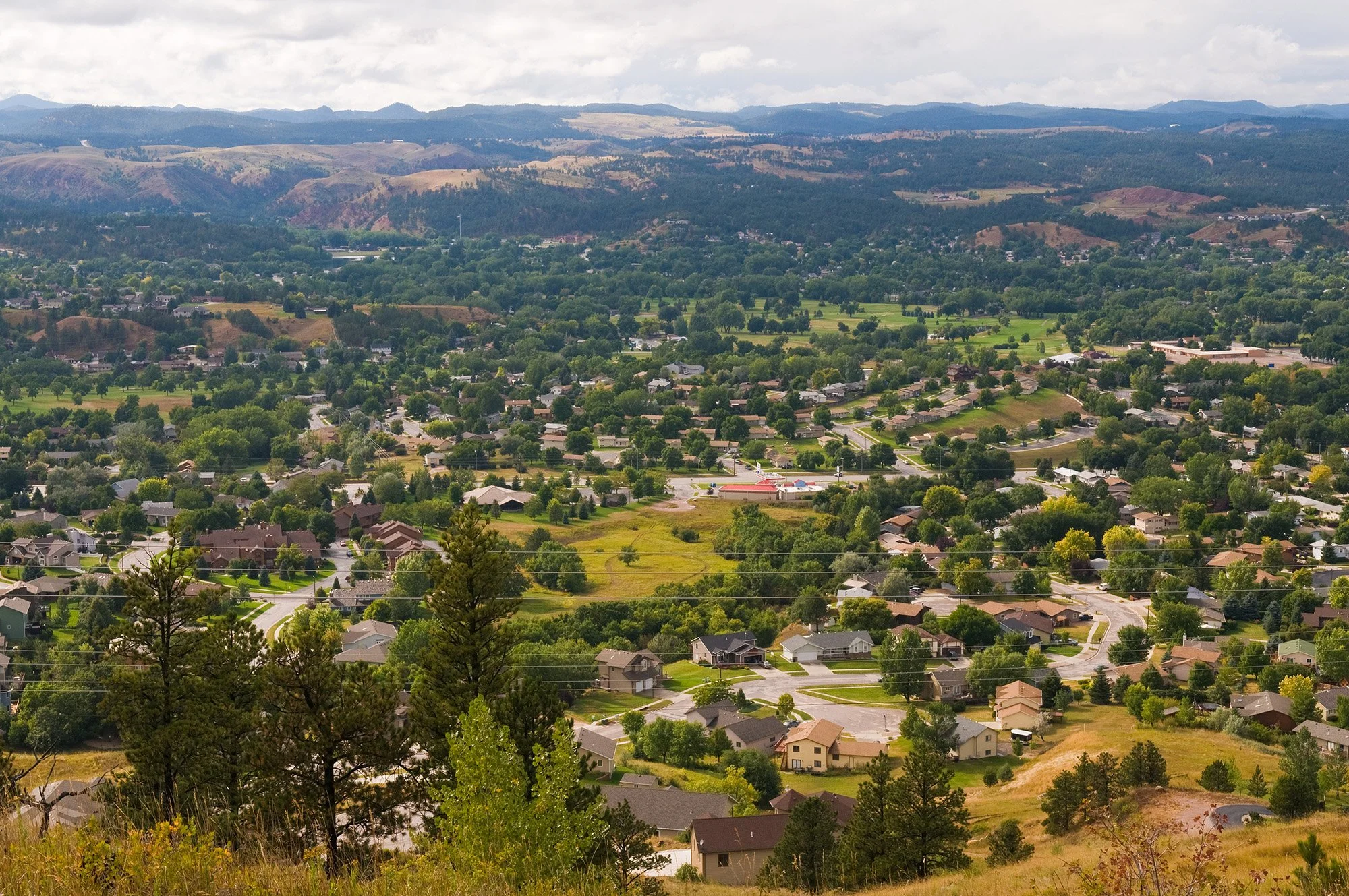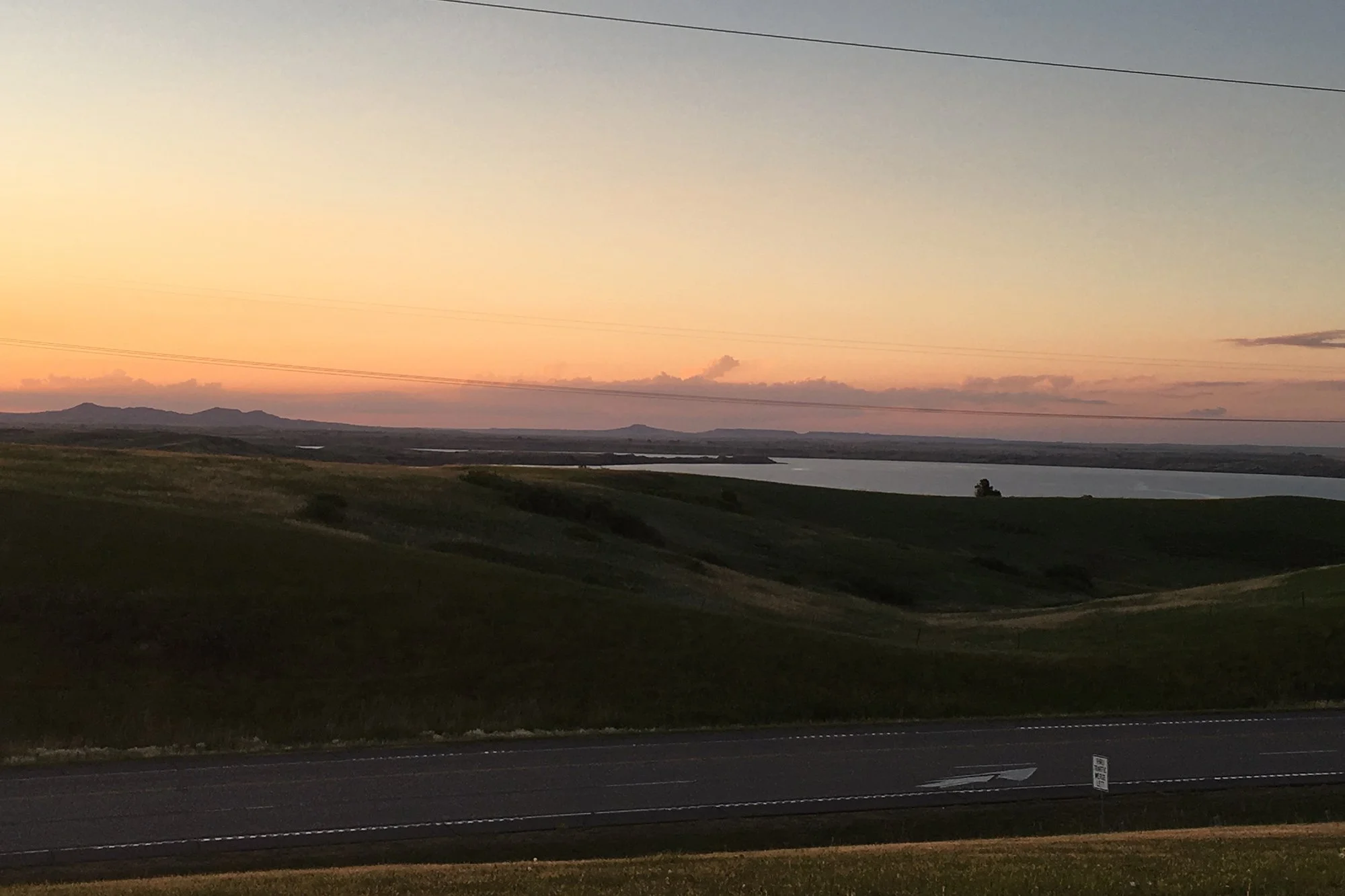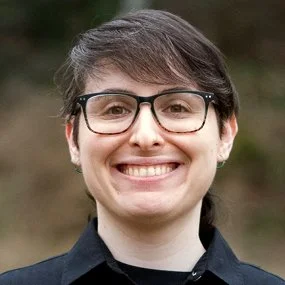
Making homeownership possible for Native families in South Dakota
Partner profile
South Dakota Native Homeownership Coalition (SDNHOC) is dedicated to increasing homeownership opportunities for Native Americans across South Dakota. Coalition members represent Tribal Nations, federal and state agencies, tribally designated housing entities, nonprofit organizations, housing developers, lenders, and Native community development financial institutions. By working together, they are tackling some of the most persistent and systemic barriers that Native families face on the path to homeownership.
Homeownership disparities in Native communities
For generations, Native American communities in South Dakota have faced steep, systemic barriers to homeownership. Overcrowding, inadequate amenities, and limited access to affordable housing are compounded by complex trust land status issues that make the mortgage process extremely difficult. Decades of underinvestment in housing and a reliance on rental programs managed by tribal housing authorities have further limited opportunities. Insufficient mortgage loan capital and a lack of culturally relevant financial services leave Native families at a stark disadvantage. As a result, just 38% of Native families in South Dakota own their homes, compared to 59% of households nationally. A 2022 NeighborWorks survey found that 80% of Native respondents doubted they would even be approved for a home loan.
SDNHOC was created in 2013 to address these disparities head-on. From the start, the Coalition has emphasized collaboration by bringing together diverse partners to share knowledge, leverage resources, and collectively strengthen Native homeownership. By 2015, the Coalition recognized that without strong, consistent data, it would be difficult to measure impact or advocate effectively for policy change. That year, SDNHOC began its data collection journey, sharing a database with its fiscal sponsor, Lakota Funds, the first Native CDFI in the country. This was a pivotal moment. It created the foundation for a long-term impact measurement system that tells the story of Native homeownership through the eyes of the organizations doing the work.
SDNHOC and Sweet Grass have since developed a comprehensive evaluation system that tracks progress across dozens of member organizations. Today, 19 organizations contribute monthly lending data, covering everything from closed and packaged loans to demographic details, client services, and pipeline activity. This shared approach gives practitioners, funders, and policymakers a clear picture of impact across the state.

Housing on the Pine Ridge Reservation, South Dakota.
Ethan, Heidi, Jax, and Jayna Cuny
“The funds we received from the downpayment assistance program reduced our loan principal, making it more affordable for our family. In addition, the purchase of our new home enabled our family to move back to the community where we have generational roots.”
Building homes and the local economy
In 2017, SDNHOC launched its construction internship program to address the need for workforce development. The impacts of this program have been twofold: Workforce development leads to homeownership by building stable, well-paying career pathways that allow families to save for down payments, qualify for mortgages, and afford long-term housing costs. At the same time, when workforce programs focus on construction and related fields, they expand the pool of skilled workers needed to build and maintain housing in Native communities. This dual impact helps close the homeownership gap from both sides. Since its start, the construction internship program has seen a 701% increase in job placements and a 921% increase in the percentage of interns placed after completion.

Crow Creek Housing Authority in Thompson, South Dakota.

Annual membership meeting in Pierre, South Dakota.

Loans closed on tribal trust lands have surged by 948%, with Native CDFIs facilitating 91% of these loans.
In 2023, SDNHOC reached two major milestones. First, it transitioned from an informal coalition to an independent Native-led nonprofit with dedicated staff and infrastructure, strengthening its ability to serve Native homebuyers and partner organizations. Second, it launched the Great Plains Housing Initiative (GPHI), a wholly owned subsidiary focused on affordable housing development, member capacity building, and expanded homeownership opportunities. In just its first year, GPHI laid the foundation for long-term impact by establishing legal and financial infrastructure, hiring staff, piloting programs, and creating a new fund to expand capital access for Native CDFIs.
SDNHOC took another major step in 2024 by launching its down payment assistance (DPA) program in partnership with Northwest Area Foundation and Wells Fargo. Already, these funds have supported $8.9 million in loans with a total purchase value of $7.8 million, bringing homeownership within reach for families long excluded from the market.
To continue building momentum, SDNHOC calls for investment and advocacy in key areas:
Facilitating a secondary market for Native CDFIs, enabling them to sell loans and reinvest capital
Increasing mortgage loan capital to meet current demand
Adapting loan-to-value requirements to ensure trust land realities don’t block access to fair lending
Expanding down payment assistance to strengthen programs that directly support Native families
By investing in people through workforce development, building systems for data collection, and pushing for policy change, SDNHOC has created substantial opportunities for Native families to move toward homeownership. These efforts are strengthening local economies and expanding the capacity of communities to meet their own housing needs.
SDNHOC’s journey shows how the use of consistent data demonstrates impact, secures resources, and makes the case for new approaches that address the realities of Native communities. At the same time, programs that invest in skills, homes, and financial tools are helping families take tangible steps toward stability and independence.
Sweet Grass project team & services
-

Mary Sienko
Implementation Director
Salesforce administrator, solution design, database reporting, data collection and analysis, client communication and technical support
-

Andrea Mader
Principal & Strategy Director
Project lead, data collection and analysis, report writing, client communication
-

Nat Bauer
Graphic Designer
Data visualization, graphic and layout design
-

Implementation
We help mission-driven organizations showcase their impact, streamline operations, and grow with confidence.
-

Strategy
Through customized strategic support, we make sure planning and processes are mission-aligned and based in stakeholder engagement.
-

Design
We use strategic visuals and messaging to demonstrate each organization's distinct personality and values.
Project reports & publications
Our Collective Path to Native Homeownership
Data visualizations showcasing SDNHOC’s impact on homeownership rates
INFOGRAPHIC
Our Collective Path to Native Homeownership
Highlights of SDNHOC’s progress in advancing Native homeownership
REPORT





